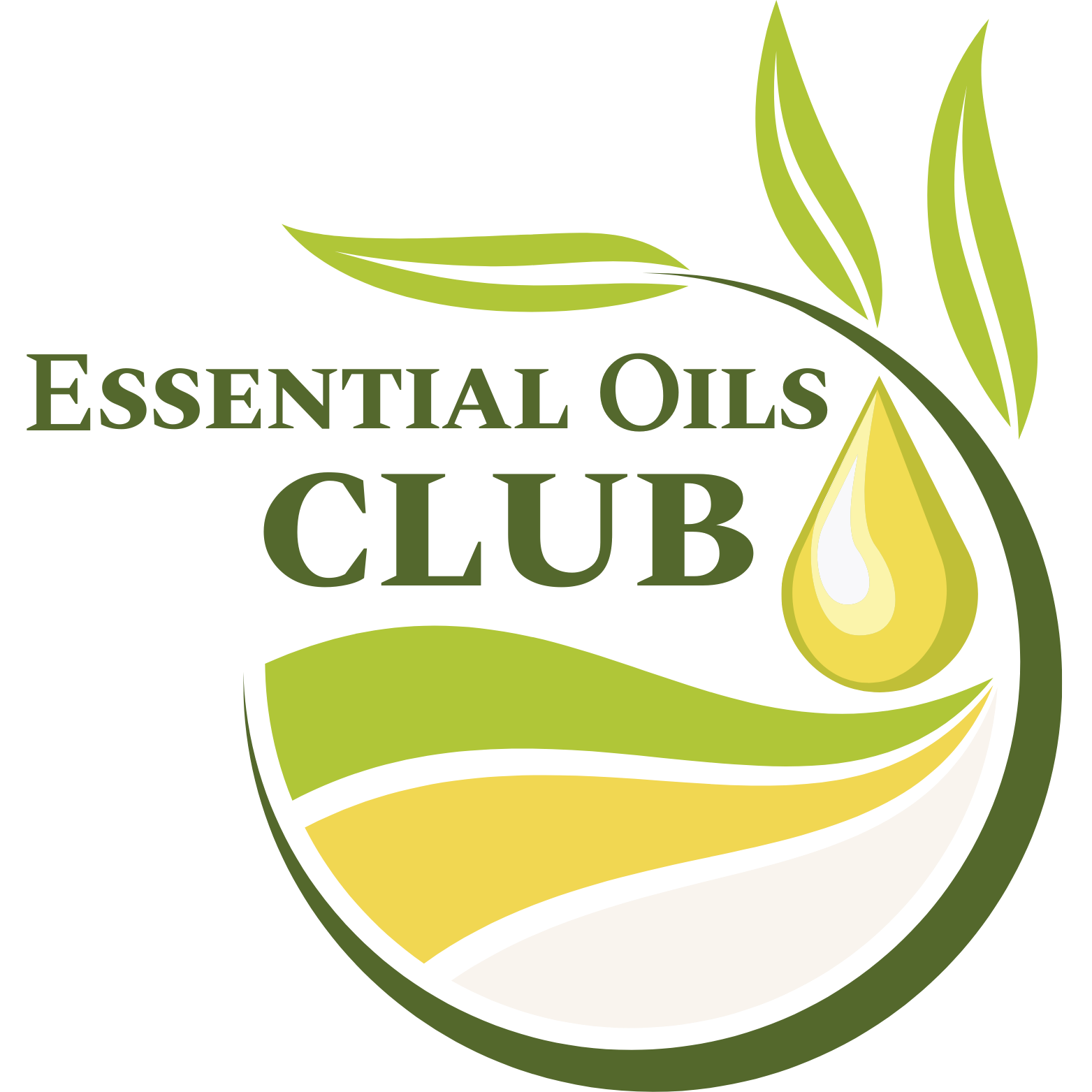No products in the cart.
🌿 Myrtle Essential Oil: Refreshing aroma 🌬️, beautifies and enhances healthy-looking skin. 💆♀️
Percentages of key constituents in Bergamot Essential Oil vary due to factors like source, extraction method, and quality. The chemical compound and their approximate percentage ranges includes:
Here are some of the main constituents typically found in Ecuadorian Oregano Essential Oil, but we cannot give a percentage list of compounds:
Thymol: Another potent antimicrobial compound commonly found in oregano essential oil.
γ-Terpinene: This compound contributes to the characteristic aroma of oregano oil and possesses antimicrobial properties.
p-Cymene: A natural compound with antimicrobial and antioxidant properties.
Linalool: Known for its calming and soothing effects, linalool is a common constituent found in many essential oils, including oregano oil.
α-Terpineol: This compound has a pleasant aroma and is believed to have antimicrobial and antioxidant properties.
Myrtle Essential Oil (Myrtus communis) is indeed a fascinating plant with a rich history and various associations in different cultures. Here’s some more information about myrtle:
Botanical Background: Myrtle is a perennial woody shrub that belongs to the Myrtaceae family. It is native to the Mediterranean region but is also cultivated in various parts of the world. The plant is known for its glossy green leaves, fragrant white flowers, and small blue-black berries. These aromatic features have made it a popular choice in gardens and for various purposes.
Cultural and Symbolic Significance:
Essential Oil: Myrtle essential oil is obtained through steam distillation of the leaves and branches of the myrtle plant. It has a fresh, invigorating aroma with similarities to eucalyptus. Myrtle essential oil is used in aromatherapy and for its potential skin care benefits, including its cleansing and moisturizing properties.
Modern Uses: In addition to its historical and symbolic significance, myrtle is still used today for various purposes. Myrtle essential oil can be diffused to create a refreshing atmosphere, and it is also used in perfumes and personal care products. The leaves of the myrtle plant are sometimes used as a culinary herb, adding flavor to dishes and beverages.
Topical: Dilute 1 drop with 1 drop of V-6 or olive oil and apply to desired area as needed.
Aromatic: diffuse up to 30 minutes 3 times daily.

